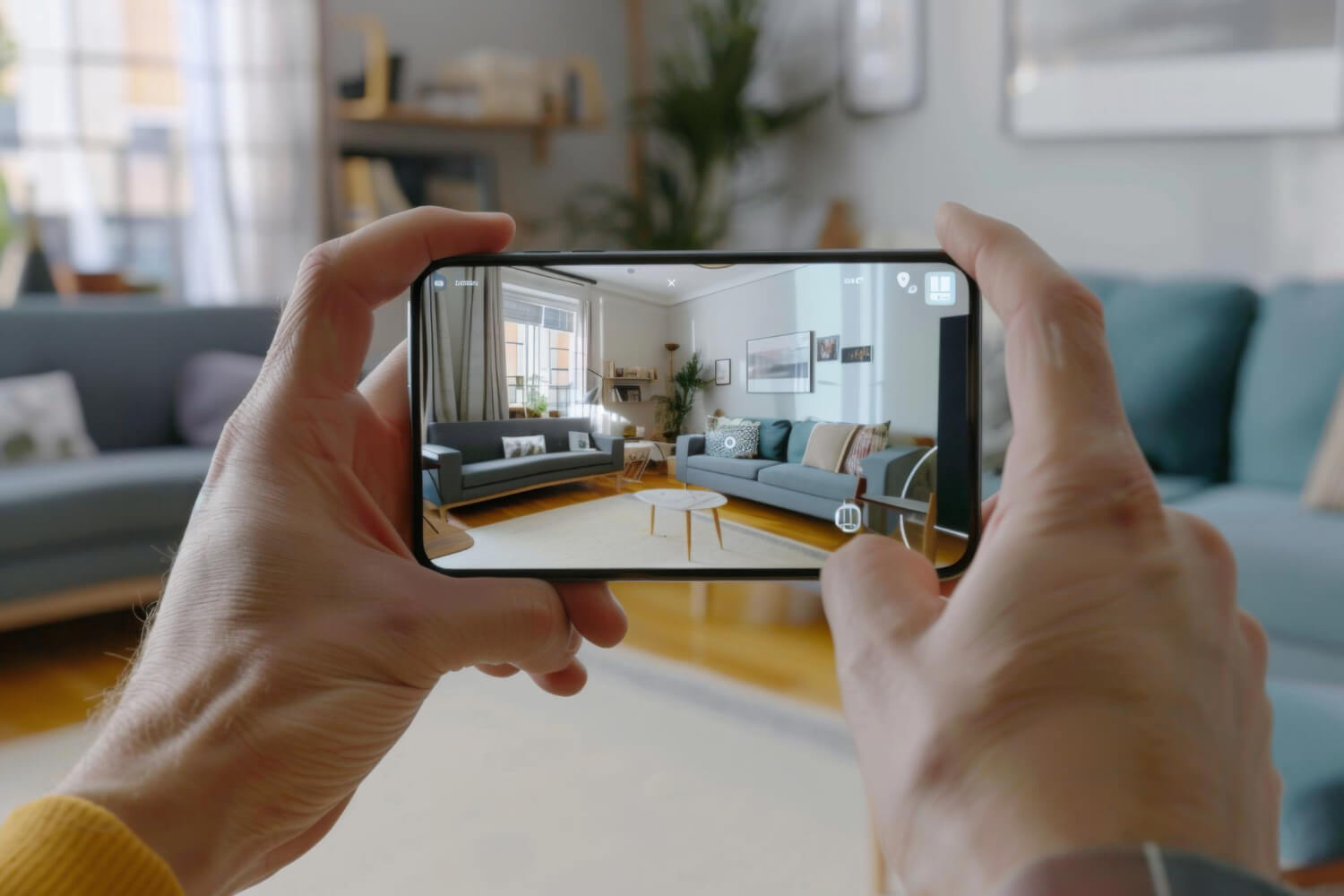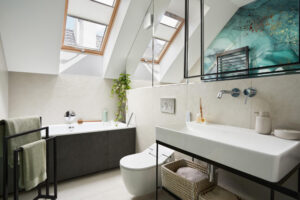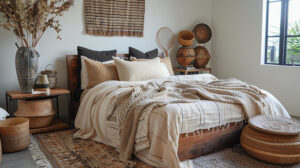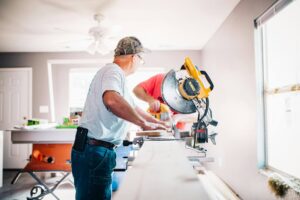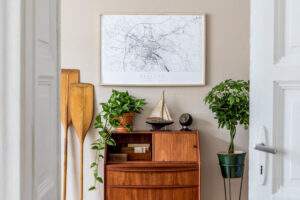In a housing market packed with competition, sellers need every possible edge to make their listings stand out. One of the most effective tools gaining traction is virtual room design. This digital solution doesn’t just make a home look nice. It helps potential buyers emotionally connect with a space before ever stepping foot inside. In this blog, we’ll explore how virtual room design works, why it matters, and how it can help you sell faster.
What Is Virtual Room Design?
Virtual room design is a tech-driven method that uses 3D rendering and interior design principles to digitally furnish and decorate a home. It transforms empty or outdated spaces into stylish, buyer-friendly rooms without moving a single piece of furniture in real life. It’s not about tricking people. It’s about showing potential. You’re helping buyers see what the home could be, not just what it is.
Why First Impressions Now Happen Online
In today’s market, buyers scroll through dozens of listings in minutes. If your home doesn’t grab their attention immediately, they’ll likely move on.
Virtual design creates that wow-factor in photos. An empty room doesn’t spark emotion. A beautifully staged room, even a digital one, does. That difference can get you more clicks, more showings, and a faster sale.
Empty Rooms Create Mental Gaps
Buyers often struggle to imagine the scale of a space. Is there enough room for a sectional sofa? Will the bed fit with side tables? Virtual room design eliminates those doubts by giving context.
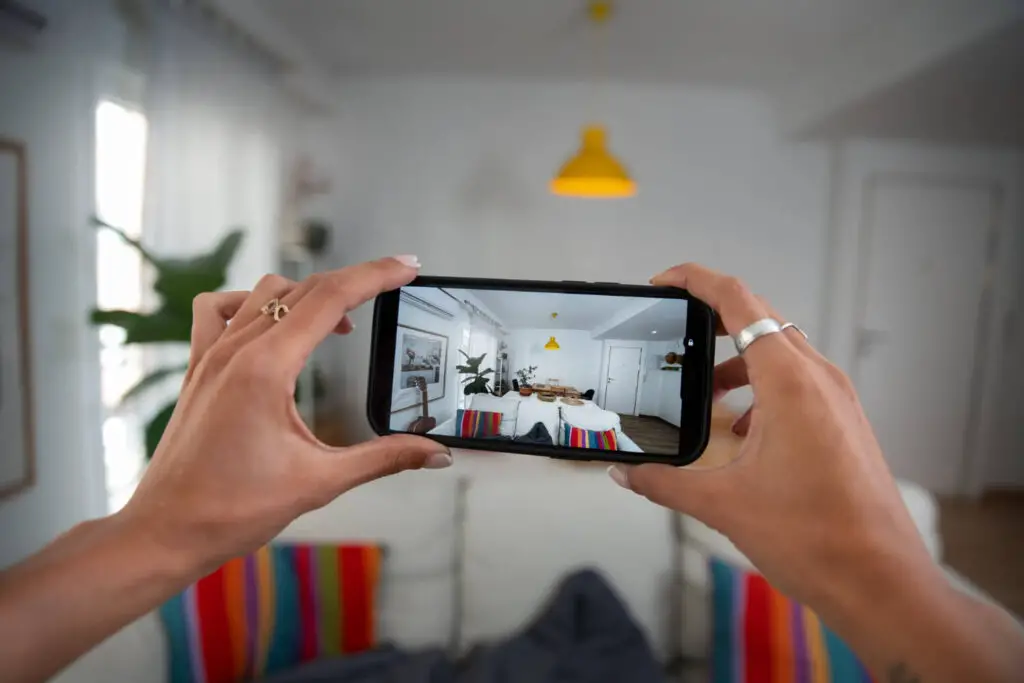
When rooms are digitally staged with the right furniture and layout, buyers stop guessing and start connecting. It makes the space look useful, livable, and desirable.
Helps Buyers Emotionally Attach to the Space
People don’t just buy houses, they buy lifestyles. A warm, tastefully designed virtual living room lets someone picture movie nights, cozy holidays, and gatherings with friends. A serene digital bedroom whispers comfort and peace.
That emotional connection is powerful. The faster a buyer imagines living there, the faster they want to make an offer.
Adapts to Target Buyers
Virtual staging is flexible. Are you targeting young professionals? Style the home for modern minimalist living standards. Trying to attract families? Add kid-friendly spaces and a welcoming dining area.
You can even create multiple designs for the same room to appeal to different audiences. It’s much cheaper and faster than physical staging, and you don’t have to lift a finger.
Saves You Time and Money
Traditional staging is expensive. You’re renting furniture, hiring movers, and hoping it all looks right in person. Virtual room design costs a fraction and is ready within days.
No need to wait for furniture deliveries or spend money on accessories. Everything happens digitally, yet looks incredibly real. This efficiency gets your home listed faster and helps it sell faster, too.
Before and After Images Make a Huge Impact
One of the most compelling ways to use virtual design is by showing before-and-after comparisons in your listing. An empty room beside a digitally furnished version highlights the transformation clearly.
Buyers love seeing potential. These side-by-side visuals not only impress. They build trust. You’re showing transparency and vision at the same time.
Great for Fixer-Uppers and Homes That Need Work
Not every home is move-in ready, and that’s okay. Virtual design allows you to present a finished look for properties that might need renovations or updates.
Show buyers what the space could look like with a fresh coat of paint, new flooring, or a modern kitchen layout. This bridges the gap between the current condition and the future dream home, without spending a dime on actual upgrades.
It also reassures hesitant buyers who are on the fence about projects. A visual roadmap helps them see that improvement is possible and worth it.
Boosts Online Marketing Results
Most buyers discover homes through online listings, social media, or email alerts. Listings with high-quality, visually staged photos perform better in search results and get more engagement.
Whether you’re sharing on Instagram, promoting via Facebook ads, or using listing sites, virtual design gives your photos the extra polish that drives traffic.
Higher interest means more eyes on your listing and a better chance of getting competitive offers.
Helps You Stand Out in a Crowded Market
When every seller is trying to be seen, blending in is a mistake. Virtual room design is your chance to be memorable. Buyers won’t recall every beige room they scroll past, but they will remember the cozy virtual fireplace or the airy dining space with modern lighting.
Standing out doesn’t mean being outrageous. It means being smart with presentation. And in a crowded market, that advantage matters.
From inspections to full replacements, Bright Home Offer has your home covered with services that make your selling journey smoother. And when it’s paired with visually appealing marketing, your home shines in all the right ways.
Tips for Using Virtual Room Design Effectively
- Stick to realistic styles: Keep designs relatable and suited to the home’s size and layout.
- Focus on key rooms: Prioritize living rooms, kitchens, and primary bedrooms. They have the most influence.
- Use natural lighting: Virtual staging should reflect how the room looks during the day, with proper shadows and brightness.
- Avoid clutter or overly trendy pieces: Keep designs clean, timeless, and universal.
- Don’t overdo it: Let the home’s natural beauty come through. Virtual design is about enhancement, not distraction.
Should You Use Virtual Room Design? Absolutely.
If your home is empty, outdated, or just struggling to attract attention, virtual room design could be the tool that turns it around. It’s fast, affordable, and surprisingly powerful.
In a world where buyers swipe through listings like dating profiles, you want your home to stop the scroll. Virtual design makes that happen. It brings your space to life and brings you one step closer to the offer you’ve been waiting for.

